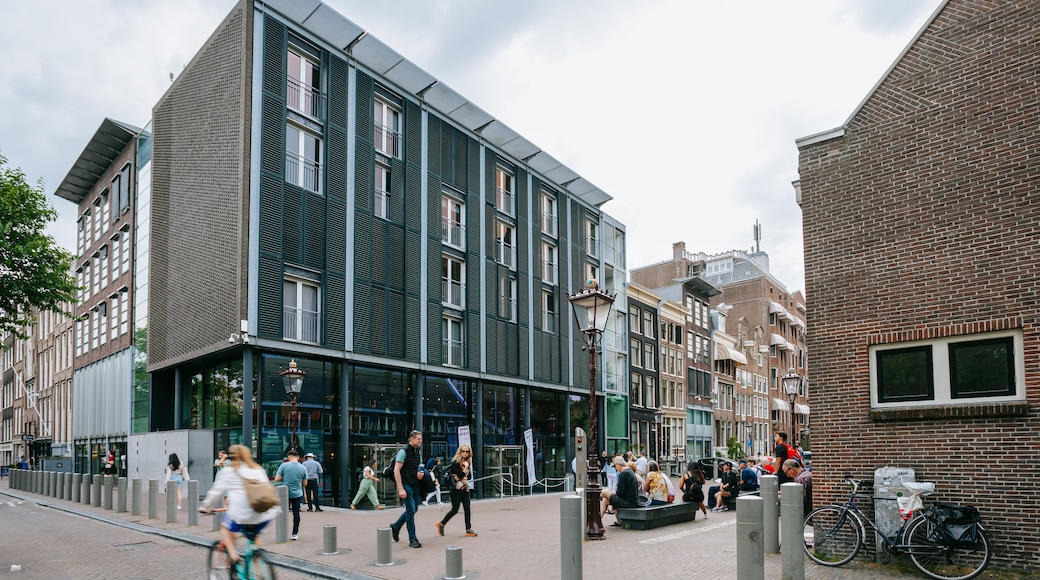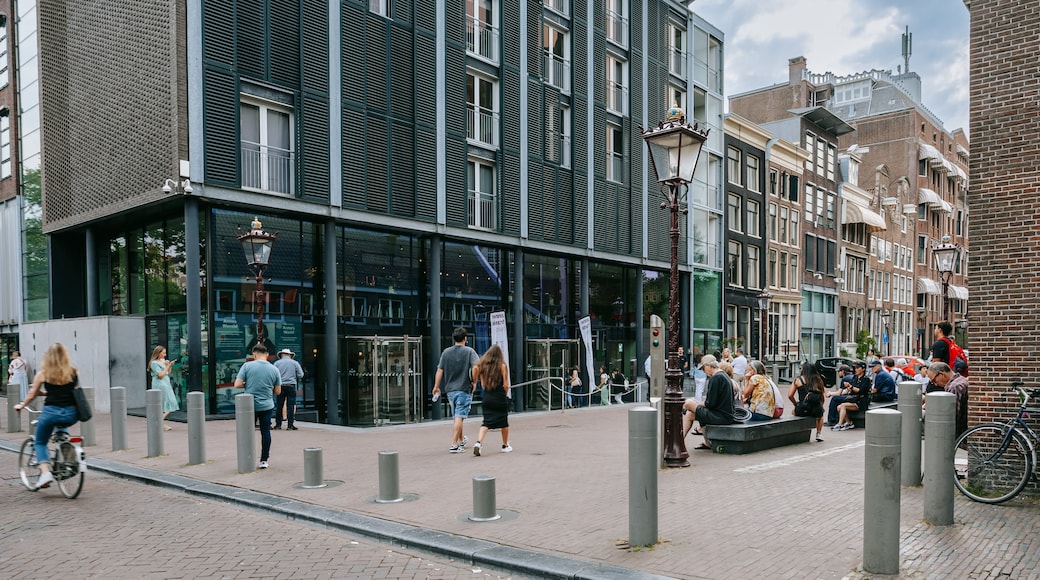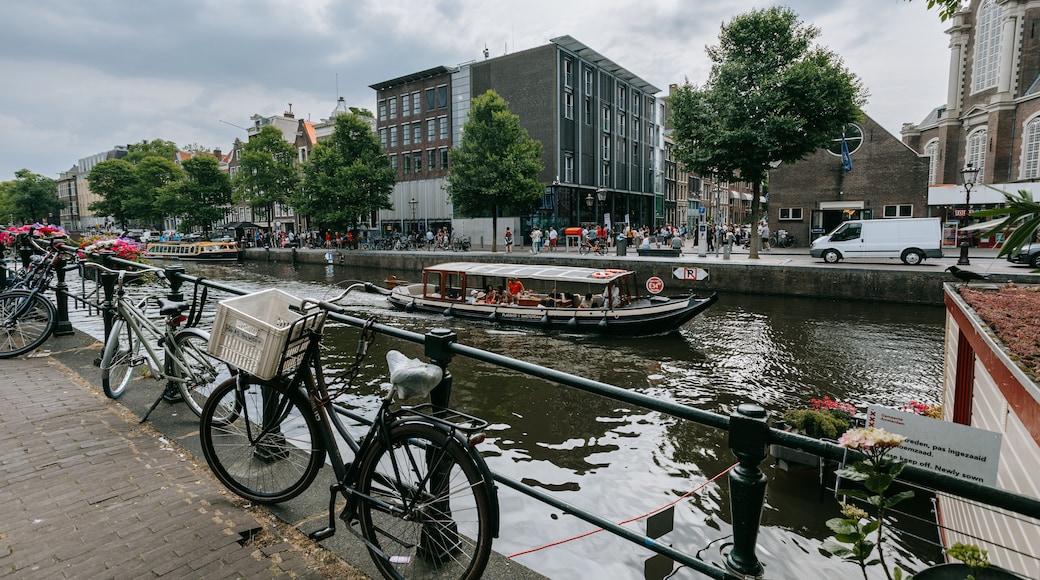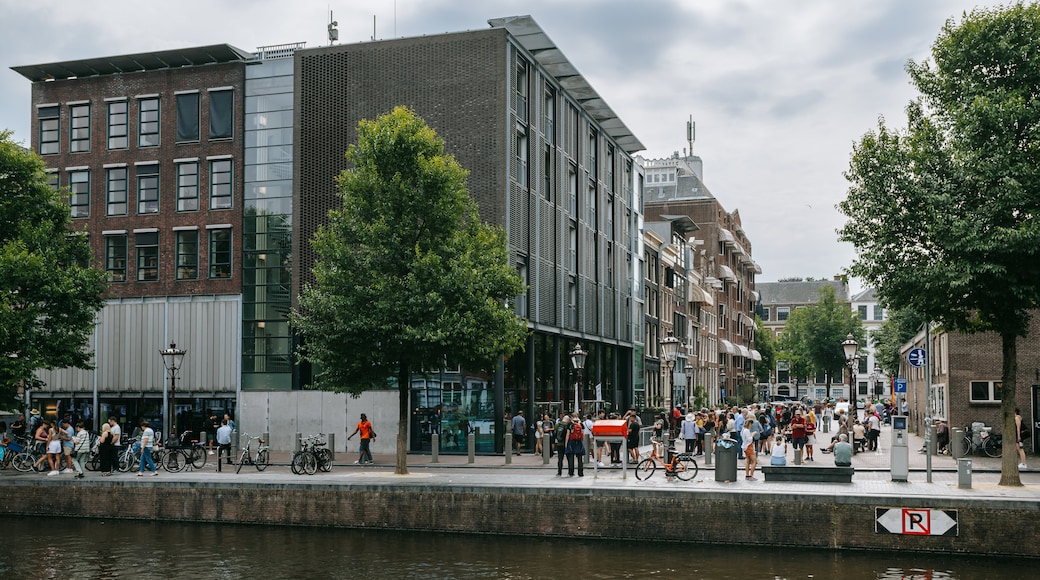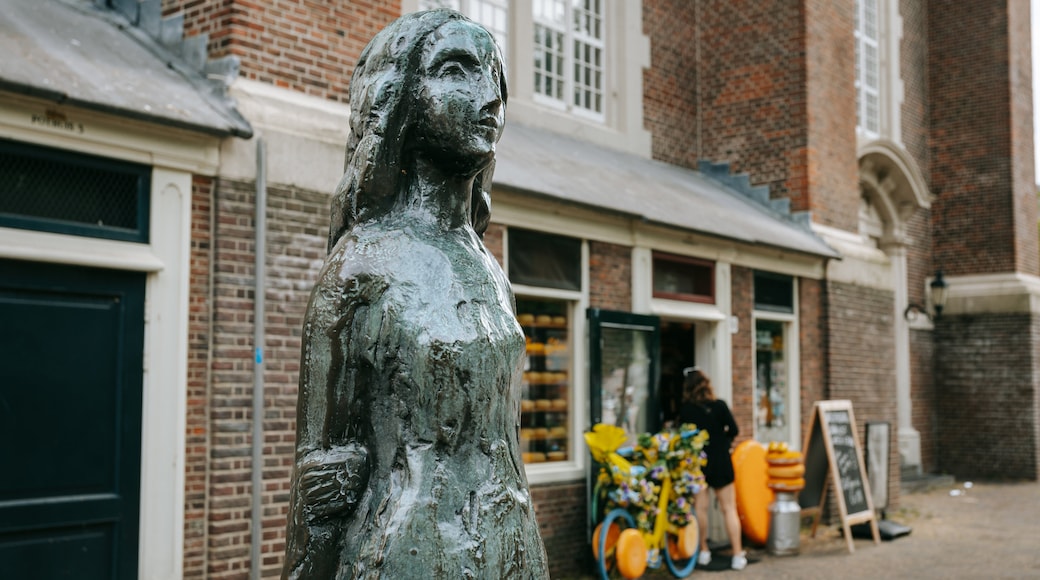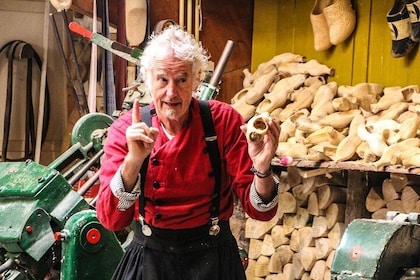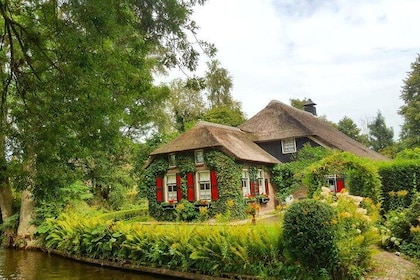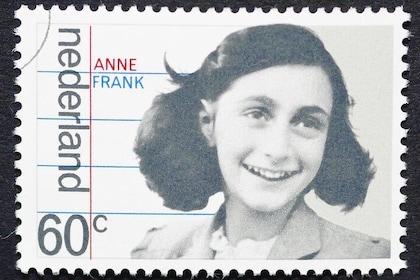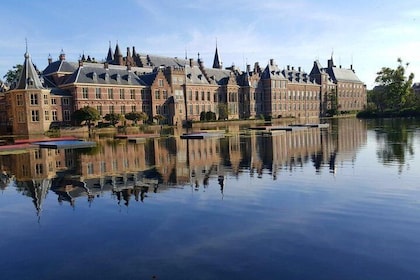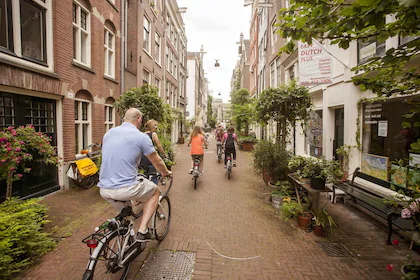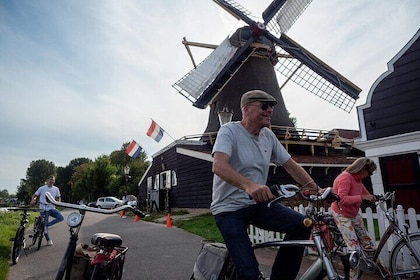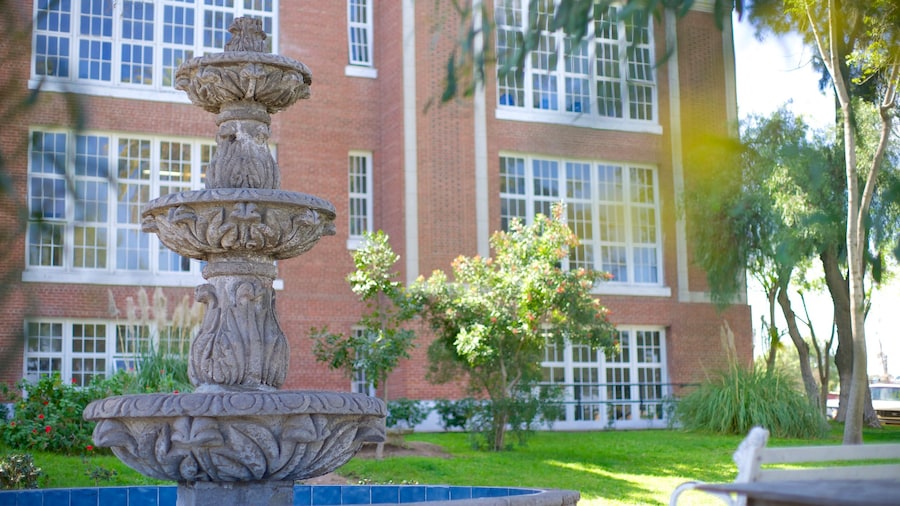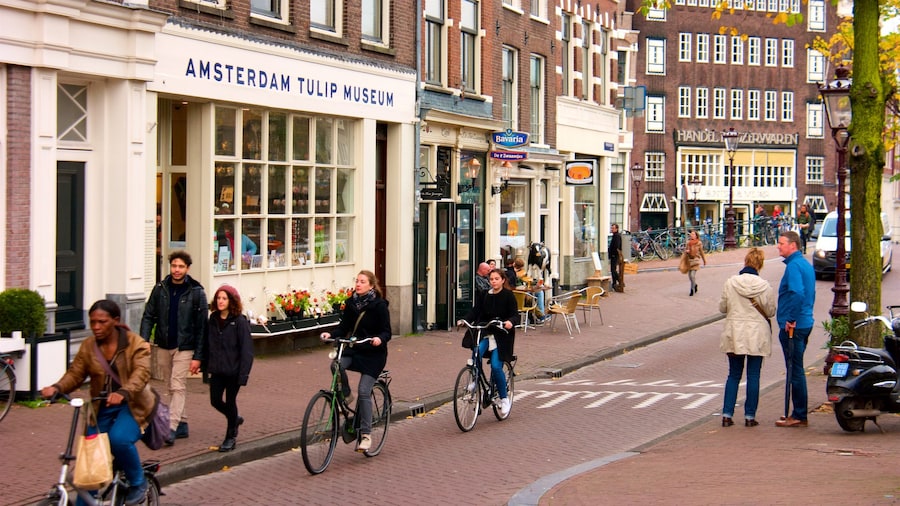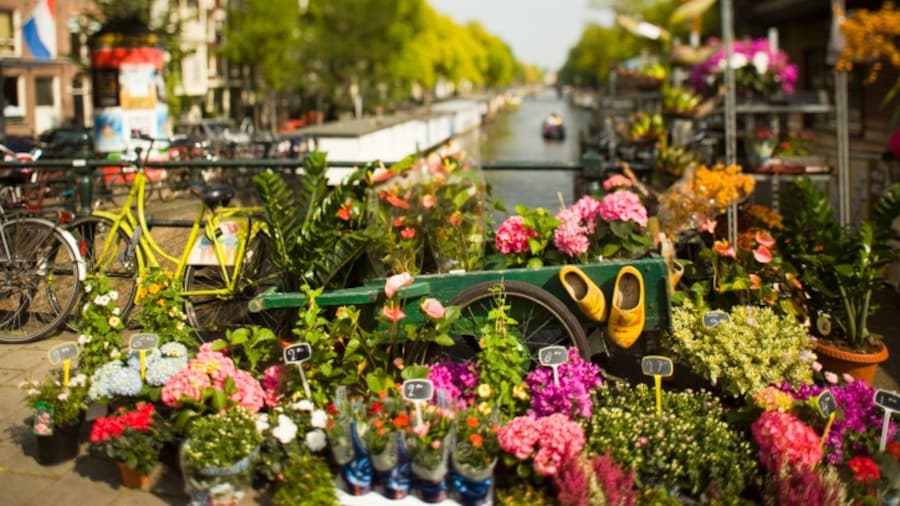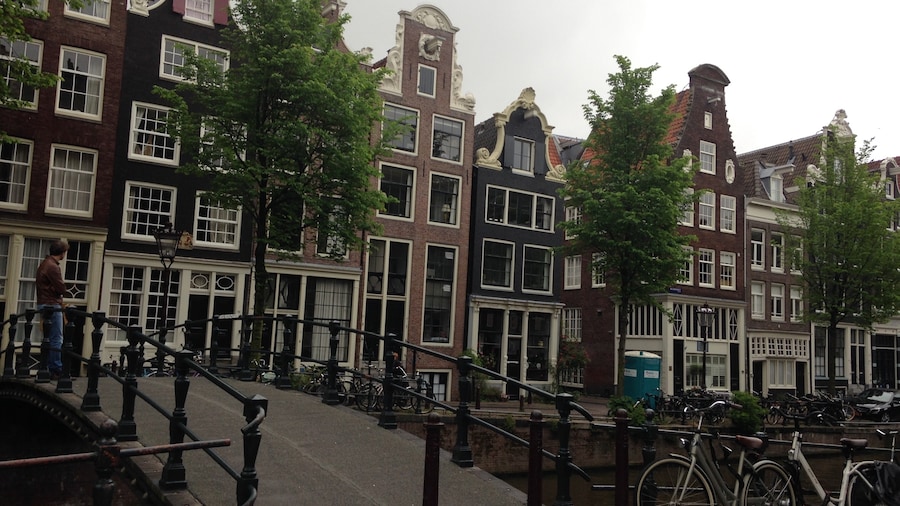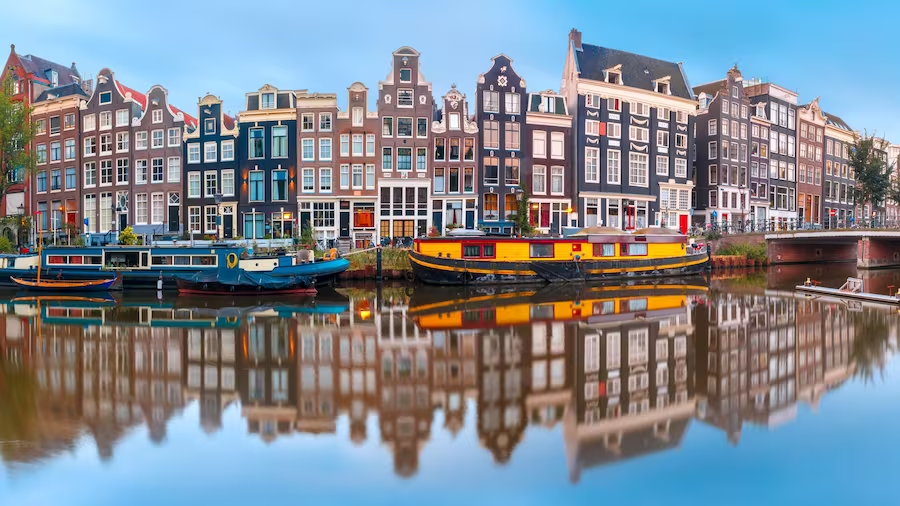Anne Frank’s world-famous diary chronicles the moving history behind this much-visited Amsterdam landmark.
When Jewish teenager Anne Frank began to keep a diary about her experiences during World War II, little did she know that one day it would become the most translated Dutch book in the world. At the house where she spent most of the war in hiding, you can see the actual diary, carefully preserved and now the centrepiece of a treasured collection of artefacts recording her extraordinary and moving story.The two Jewish families who hid in the attic to escape the Nazi persecution were eventually uncovered and sent to concentration camps in 1944. Of the 107,000 Dutch Jews who were deported during the Holocaust, fewer than five per cent survived. One of them was Anne’s father, Otto, who, on learning that a plucky neighbour had rescued his youngest daughter’s diary from the ransacked property, immediately vowed to publish this unique first-hand account of the atrocities inflicted on the Jewish population.A visit to the Anne Frank House is high on most people’s to-do lists, but it can be an upsetting and sobering experience. The cramped attic where Anne and her family were incarcerated is one of the most moving parts of the tour. Elsewhere, the rooms are filled with highly personal memorabilia, such as the map on which Otto kept note of the movements of the Allies, who eventually freed the Dutch from German occupation in 1945. Other exhibits and a bookshop are housed in a modern extension to the original canal house here you can buy an English translation of Anne’s world-famous diary after viewing the original, along with some of the budding author’s short stories and favourite literary quotes.The Anne Frank House is on the Prinsengracht, around a 20-minute walk from Dam Square or by tram, bus or canal boat to Westermarkt. The museum is open daily but its popularity means there are often long queues, so come early or pre-book tickets via the official website to avoid the worst of the crowds.
